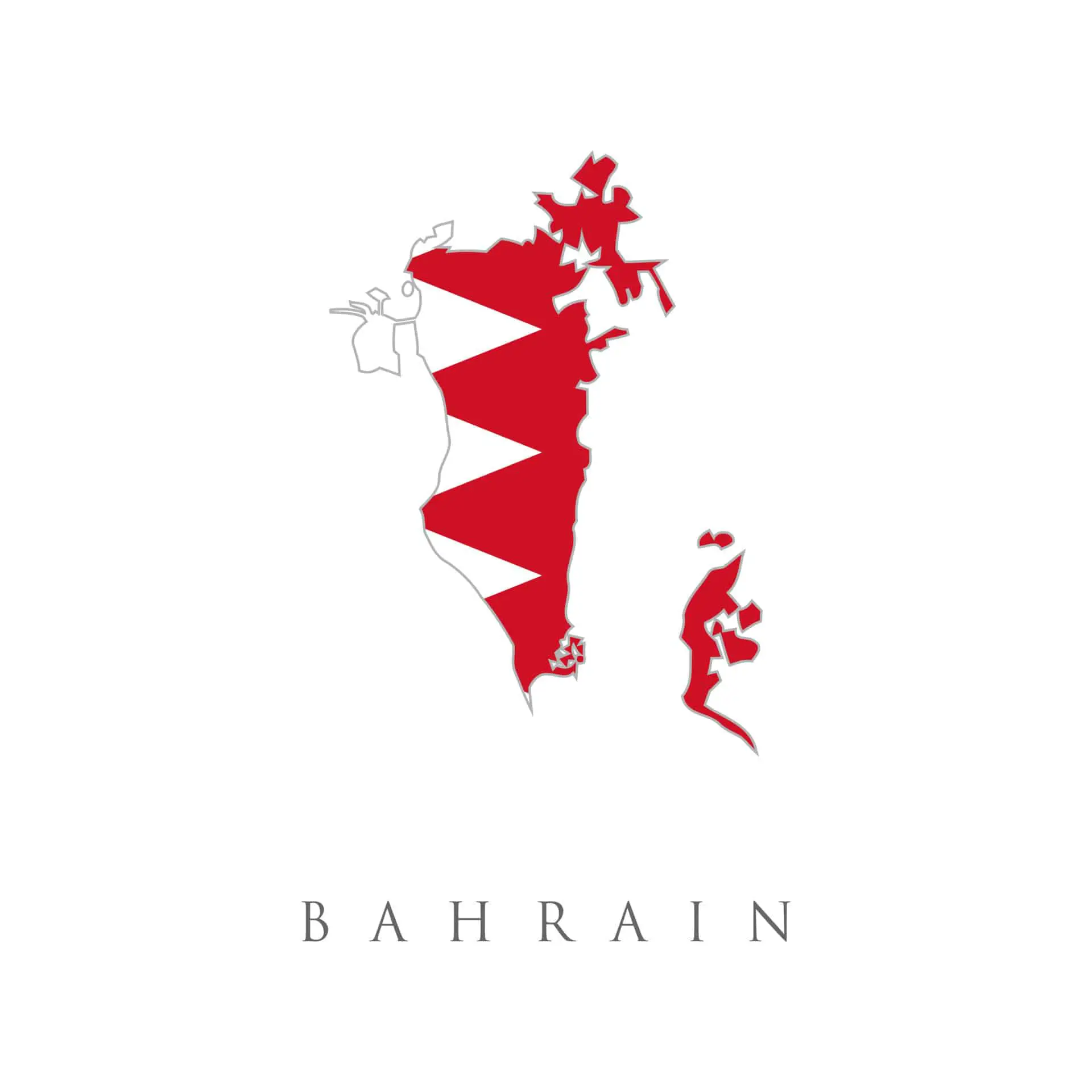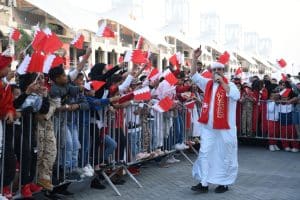Metro
Bahrain Population, Official Language And More.

Bahrain was forced to declare independence on 15 August 1971 after a failed attempt to create a union of Arab emirates. The first constitution of the now independent State of Bahrain was promulgated in 1973. Bahrain developed the first post-oil economy in the Persian Gulf and is recognised by the World Bank as a high-income economy.

Bahrain
THE POPULATION:
Bahrain has a population of about 1.7 million people, of which about half are Bahraini citizens and the rest are expatriates from various countries . THE LANDMARKS: Bahrain has many landmarks that reflect its rich history and culture, such as the Bahrain Fort, the Al-Fateh Grand Mosque, the Bahrain National Museum, the Tree of Life, and the Bahrain World Trade Center . THE OFFICIAL LANGUAGE:
Arabic is the official language of Bahrain, but English is widely spoken and taught in schools. Persian and Urdu are also common among some communities .
THE CULTURE:
Bahrain has a diverse and cosmopolitan culture that is influenced by its Islamic heritage and its exposure to other civilizations. Bahrainis are known for their hospitality, tolerance, and artistic traditions .
THE ECONOMIC STABILITY:
Bahrain has a stable and diversified economy that relies on sectors such as banking, tourism, manufacturing, and logistics. Bahrain has also implemented reforms to improve its fiscal position and attract foreign investment.
THE GDP:
Bahrain’s gross domestic product (GDP) is the total value of all the goods and services produced in the country in a year. According to the World Bank, Bahrain’s GDP was $38.5 billion in 2020, which ranked 97th in the world .
THE CURRENCY:
Bahrain’s currency is the Bahraini dinar (BHD), which is divided into 1000 fils. The dinar is pegged to the US dollar at a rate of 1 BHD = 2.65957 USD. The dinar is one of the strongest currencies in the world .
THE FOOD:
Bahrain’s food is influenced by its location, climate, and history. It features a lot of fish, meat, rice, dates, spices, and herbs. Some of the traditional dishes are machboos (meat or fish with rice), muhammar (sweet rice with dates or sugar), quzi (slow-cooked lamb with nuts and raisins), and zalabia (fried dough with syrup) .
MAJOR CITIES:
Bahrain has five major cities: Manama, Riffa, Muharraq, Hamad Town, and A’ali. Manama is the capital and largest city, with a population of about 436,000. It is the political, economic, and cultural center of the country. Riffa is the second largest city, with a population of about 195,000. It is divided into two parts: East Riffa and West Riffa. Muharraq is the third largest city, with a population of about 176,000. It was the capital of Bahrain until 1932 and has many historical and cultural sites. Hamad Town is the fourth largest city, with a population of about 57,000. It is a planned town that was established in 1984. A’ali is the fifth largest city, with a population of about 51,000. It is known for its pottery industry and ancient burial mounds .
MAJOR AIRPORT, SEA PORT AND SCHOOLS:
Bahrain has one major airport: Bahrain International Airport (BAH), which is located on Muharraq Island. It is the hub for Gulf Air and serves over 9 million passengers per year. Bahrain has several sea ports, but the most important ones are Khalifa Bin Salman Port (KBSP) and Mina Salman Port (MSP). KBSP is the main commercial port that handles containers, general cargo, and cruise ships. MSP is the oldest port that handles naval vessels and oil tankers. Bahrain has many schools, both public and private, that offer different curricula and languages. Some of the notable schools are St Christopher’s School, The British School of Bahrain, Al Hekma International School, Ibn Khuldoon National School, and Bahrain Bayan School .





